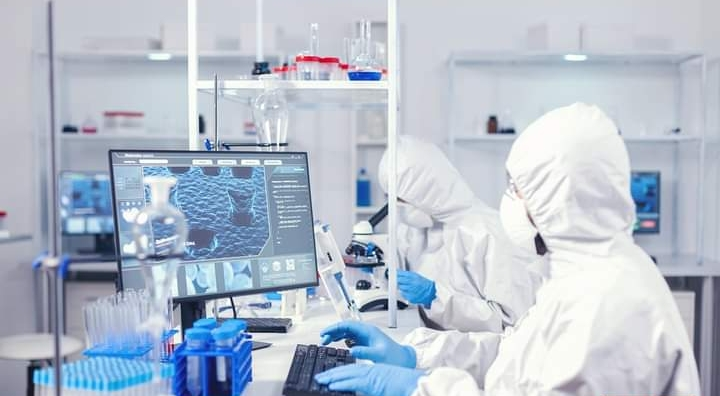How Hydroponic Farming Technology Works
How Hydroponic Farming Technology Works
The latest method of growing plants and crops without soil is called hydroponic farming. In this method crops can be grown only in water instead of soil.
There are several different methods of growing any type of crop in hydroponic technology. However, all methods generally use the same ingredients.
Everything You Need For Hydroponic Farming
• Fresh water: Water is the most important ingredient for hydroponic farming. But in this case the water must be completely pure. At the same time, the acidity or alkalinity of the water should also be kept balanced. The acidity or alkalinity of water is usually measured by the pH level. A water pH level between 6 and 6.5 is optimal for most plants.
• Oxygen: In hydroponic farming, crops are grown in water but the plants are not completely submerged. In conventional farming systems, plant roots receive oxygen from air in small holes in the soil. Therefore, even in the case of hydroponic cultivation, the supply of oxygen to the plant roots has to be fixed. That is why the space between the base of the tree and the reservoir should be kept empty. Or ‘air stone’ or ‘air pump’ devices are used to provide oxygen separately in the water container.
• Supportive material for roots: Even though soil is not required, plants need different material or material to establish their roots. In this case, a type of mineral called ‘vermiculite’, a type of rock called ‘perlite’, peat algae, coconut fibers or a type of fibrous material called ‘rockul’ are used. However, no material that can freeze like sand or retain moisture like gravel is used.
• Nutrients: Healthy and productive plants need plenty of magnesium, phosphorus, calcium and other nutrients; Just as ground-grown plants need balanced soil and fertilizer.
• Light: In case of hydroponic farming in a roofed area, special provision of sunlight is required. Different types of plants require different amounts and different directions of light.
Apart from these elements, various other elements have to be taken into consideration in the case of cultivation in advanced hydroponic system. One of them is maintaining the supply of carbon dioxide. However, these 5 mentioned elements are essential in any hydroponic technology.
Importance Of Soilless Farming Method
The benefits of hydroponic farming are more than land farming. This method of farming without soil will actually revolutionize food production. With this technology, food grains can be produced in any part of the world at any time of the year. Again, through this, the cost of cultivation will also come down a lot.
Moreover, conventional farming has many limitations. From soil erosion to excess wastage of groundwater is one of the limitations of land cultivation. In addition, conventional farming poses several risks to the environment and human body due to problems such as outbreaks of foodborne diseases.
On the other hand, as a result of cultivation in hydroponic system, it is already known in which conditions the plants are growing. Experiments can also be carried out to improve farming methods in this technology. By balancing water, light, pH level and nutrient supply, this technology can easily achieve success in crop production.




